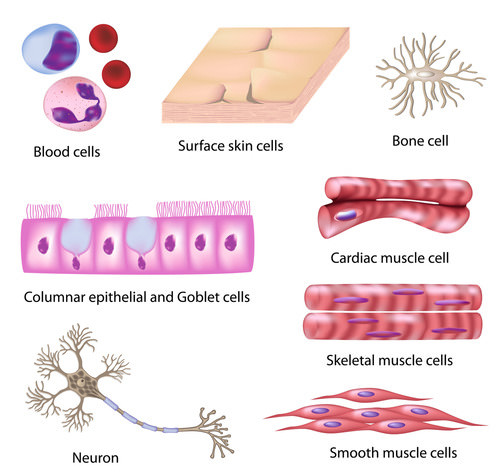READ: Biological Levels of Organization
How does the body work?
How is the human body similar to a well-tuned machine?
Over and over, the human body is compared to a complex piece of machinery. Like any common machine, the human body is composed of a variety of parts, each working separately, but also working together.
Cells
Cells are the most basic units of life in your body, and each cell is specialized, with a specific function. Nerve cells transmit electrical messages around the body, and white blood cells attack invading bacteria throughout the body. Other cells include specialized cells in the kidney (such as kidney glomerulus parietal cells), brain (such as astrocytes), stomach (such as parietal cells), and muscles (such as red and white skeletal muscle fibers). Cells group together to form tissues; different tissues work together to form organs. This grouping of cells and tissues is referred to as levels of organization. Complex multicellular organisms, which include flatworms and humans, have different levels of organization. The human body's levels begin with cells and conclude with the entire organism.
